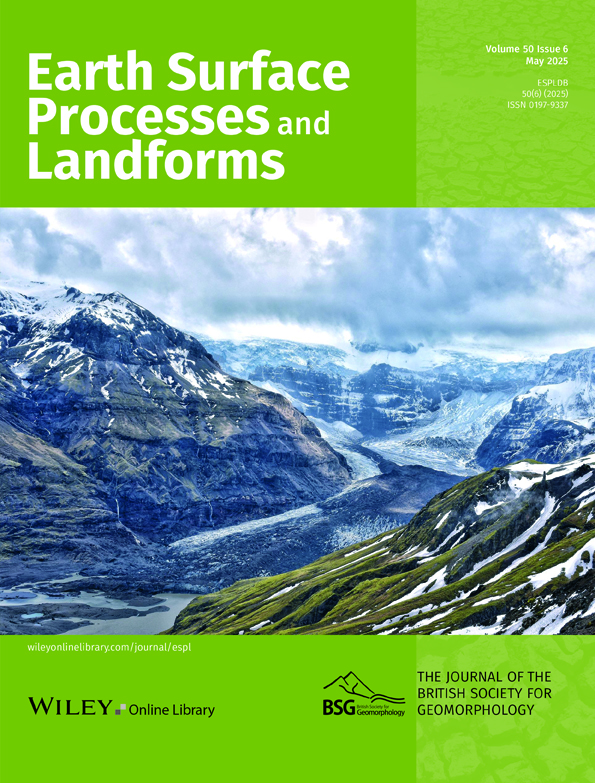The synergistic effect of soil and water conservation measures on sediment supply reduction in a typical basin on the Loess Plateau, China
Abstract
In this study, water and sediment changes in the Huangfu River Basin were analysed and the impacts of human activities and climate change on variations in river sediment transport were compared. This study aimed to provide scientific support for the ecological protection and high-quality development of the Yellow River Basin in the future. The sediment reduction contribution rates of various soil and water conservation measures as well as their synergistic effects, were quantified. The results showed that the sediment reduction contribution rate of check dams decreased from 28.39% during the baseline period (1954–1989) to 22.46% during the second development period (2000–2015), primarily due to the gradual loss of sediment retention capacity as the dams filled with sediment. In contrast, the contribution rate of vegetation measures increased significantly, rising from 24.97% during 1990–1999 to 32.78% during 2000–2015, driven by expanded grasslands and forests, which reduced erosion. The contribution of terrace measures remained limited, increasing slightly from 0.21% to 0.40% over the same periods, due to their restricted spatial coverage. The synergistic effects of these three major conservation measures accounted for 46.43% of sediment reduction during 1989–1999 and 44.36% during 2000–2015, highlighting their complementary roles in soil and water conservation. In conclusion, the synergistic effects of various soil and water conservation measures should be considered in the future management of water and sediment in the Yellow River. Conservation strategies should be optimized to maximize the role of these measures in reducing runoff and sediment transport, ensuring sustainable basin management.
CONFLICT OF INTEREST STATEMENT
We declare that we do not have any commercial or associative interest that represents a conflict of interest in connection with the work submitted.
Open Research
DATA AVAILABILITY STATEMENT
The authors confirm that the data supporting the findings of this study are available within the article.




